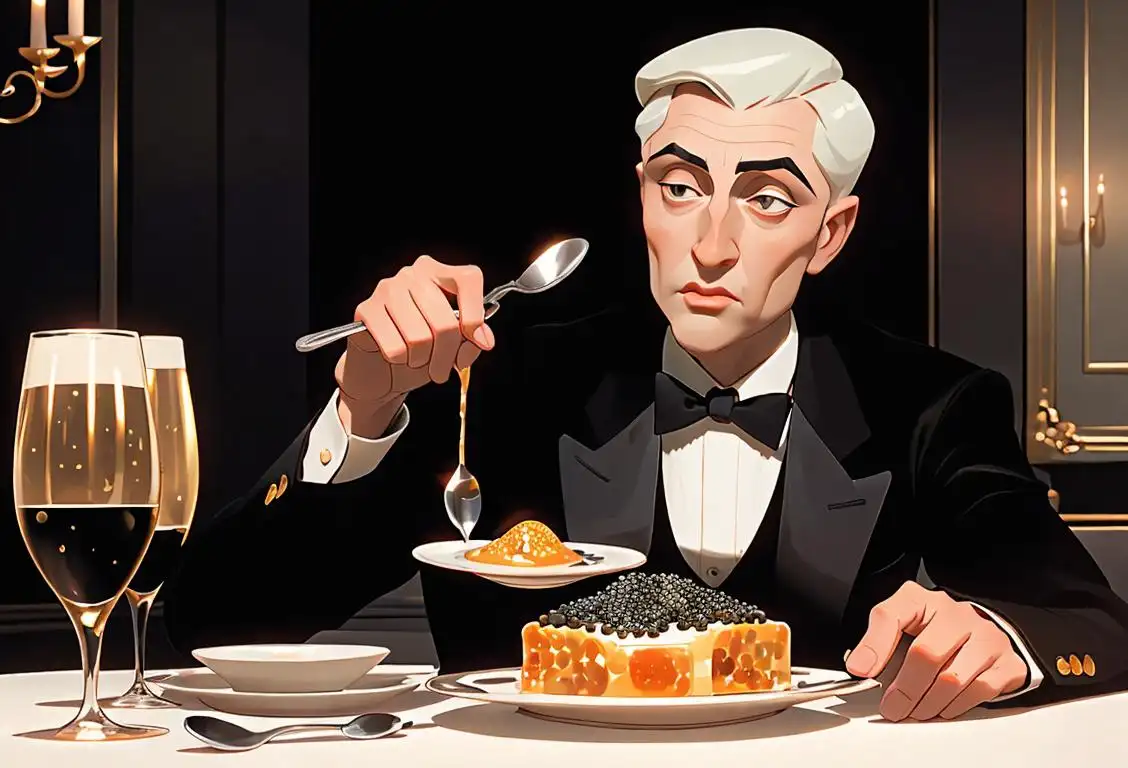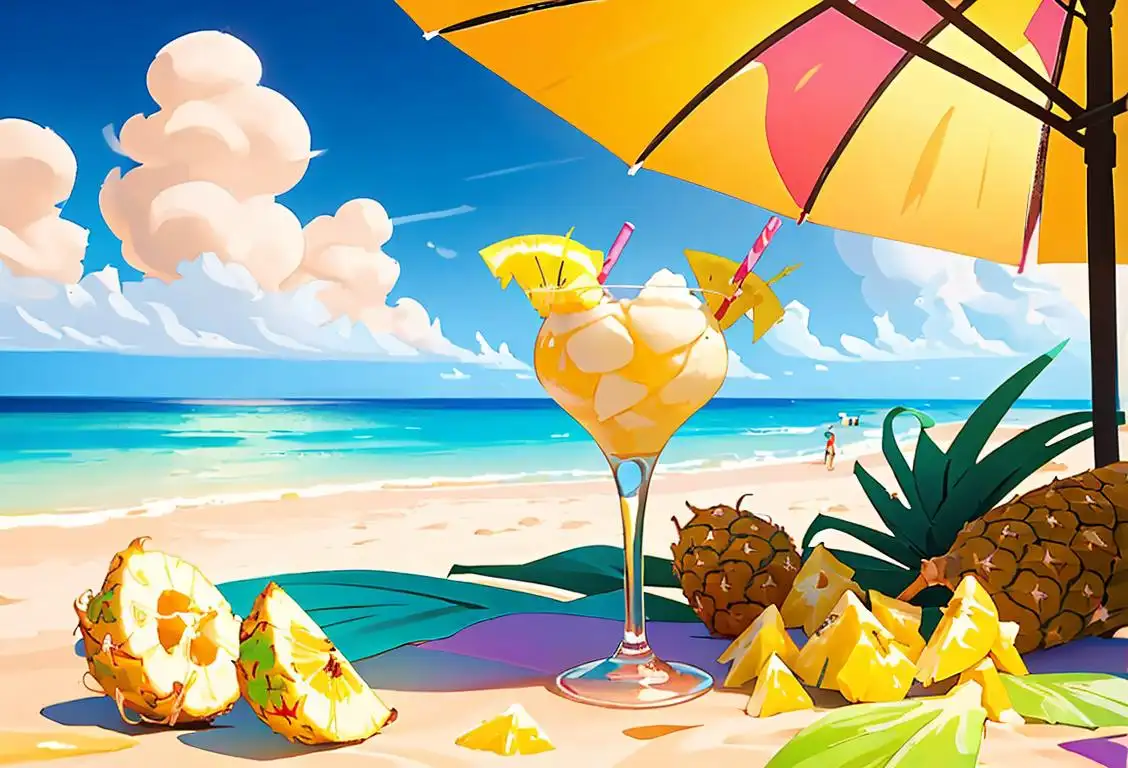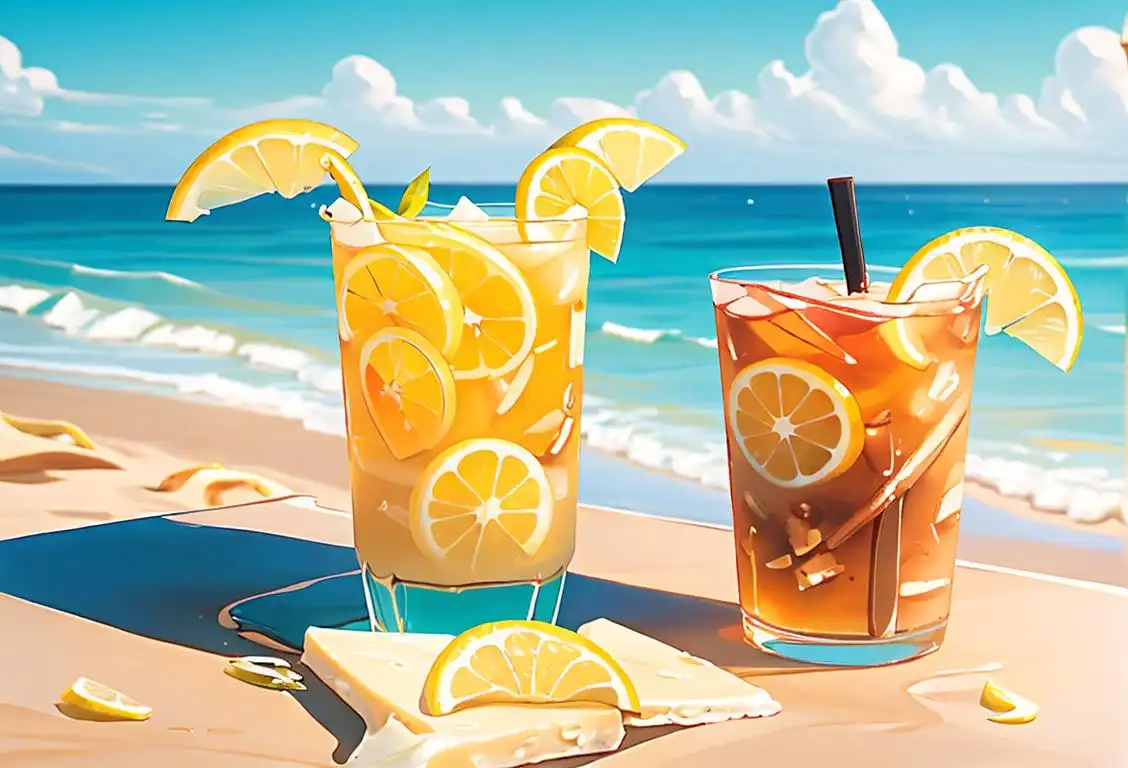National Caviar Day

Alright, my fellow food connoisseurs, get ready to pop those champagne bottles and spoon up that fish roe – It’s National Caviar Day! This luxurious delicacy finally gets a day of internet acknowledgment, much to the delight of seafood enthusiasts across the globe, and the slight confusion of anyone not versed in the art of salt-cured fish eggs.
When is Caviar Day?
It's national caviar day on the 18th July.
The Brilliance behind the Fish Eggs
Believe it or not, National Caviar Day gathered a whopping 2609 mentions online since it sailed into our calendars. Its popularity is overwhelming, proving the internet loves a good, salty snack with a hint of posh. But, what truly is the attraction behind this famous delight? Well, let's dive in.
History
Entering the digital sphere on the 18th of July, 2015, National Caviar Day embarked on its internet journey. This day started trending, getting as classy as the snack it celebrated, lifting forks full of caviar high into the sky (digitally, of course).
Why Do We Love Caviar?
Caviar, the salt-cured roe belonging to sturgeon, is a recognized symbol of culinary prestige worldwide. Its unique, bursting texture paired with its rich, salty flavor, has cultivated a passionate following. Much like diamonds and designer handbags, caviar is considered a luxury, not your everyday bag of potato chips! Its unique status pops up on our screens every year in the form of Instagram posts, recipe blogs, and cheeky tweets.
Let's Celebrate!
So, how does one celebrate National Caviar Day? As extravagantly as possible! On this day, people are often found indulging in this delicacy while spreading foodie love across the internet. Some jump with gusto into the world of homemade caviar recipes, transforming their kitchens into gourmet seafood restaurants.
Impress Your Friends
Your caviar-induced drool isn't just accepted on National Caviar Day; it's encouraged. This day is a celebration of taste, luxury, and culinary exploration, winning the hearts, stomachs, and screens of many since its inception in 2015.
History behind the term 'Caviar'
1780
Discovery of sturgeon eggs
In 1780, sturgeon eggs, known as caviar, were discovered in Russia by explorers. The rich black caviar was highly prized and soon gained popularity among the Russian aristocracy.
1820
Exportation to Europe
In the early 19th century, caviar became a sought-after delicacy in Europe. Russian traders began exporting the luxurious treat to countries like France and Germany, introducing the rest of the world to the exquisite taste of caviar.
1890
Sturgeon decline
The demand for caviar started to strain sturgeon populations in the late 19th century. Overfishing and habitat destruction caused a significant decline in sturgeon numbers, making caviar more expensive and harder to obtain.
1920
Cultivating sturgeon
As wild sturgeon populations dwindled, attempts were made to cultivate sturgeon and produce caviar through fish farming. This process initially faced technical challenges but eventually became successful, ensuring a more sustainable supply of caviar.
1960
Caviar's luxury status
By the mid-20th century, caviar had established itself as a symbol of luxury and indulgence. It became synonymous with fine dining and high-end parties, further fueling its demand among the elite.
2005
Alternatives to traditional caviar
The rising popularity of caviar resulted in the exploration of alternative sources for producing similar gourmet products. This led to the emergence of sustainable options such as fish roe from other species like salmon, trout, and herring, providing a wider variety of flavors to caviar enthusiasts.
Did you know?
Did you know? True caviar only comes from sturgeon fish, if it's roe from any other fish, it's technically not caviar but 'roe'.Tagged
food fun celebration seafood luxury caviarFirst identified
16th July 2015Most mentioned on
18th July 2015Total mentions
2609Other days
Caviar Day
Chocolate Ice Cream Day
Vodka Day
Shrimp Day
Chili Day
Pizza Party Day
Pina Colada Day
Iced Tea Day
Cheese Pizza Day
Martini Day








